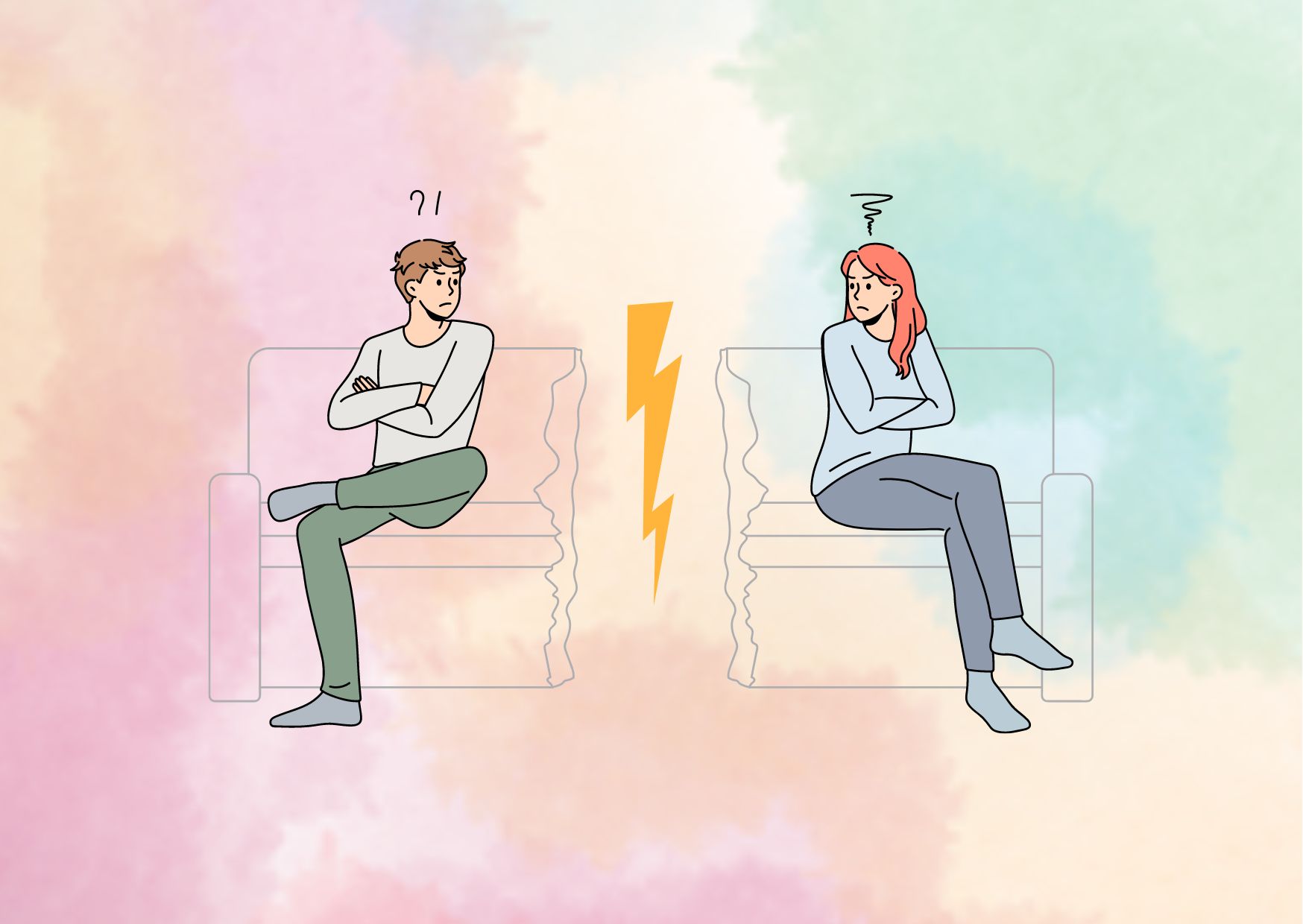10 Communication Techniques to Strengthen Your Relationship
Effective communication is the cornerstone of any thriving relationship. It has an impact on how couples connect, resolve conflicts, and build lasting bonds. Communication techniques play a crucial role in fostering understanding, empathy, and mutual respect between partners. By mastering these skills, individuals can strengthen their relationships and create a more harmonious and fulfilling partnership.
This article explores ten essential communication techniques to enhance relationships. From active listening to expressing oneself clearly, these strategies aim to improve how partners interact and understand each other. By implementing these methods, couples can learn to communicate better with their spouse, become better communicators in their relationship, and develop healthier communication patterns. These techniques also touch on non-verbal communication and therapeutic approaches, providing a comprehensive guide to effective communication in relationships.
Practice Active Listening
Active listening is a crucial communication technique that strengthens relationships. It involves fully engaging with the speaker, processing their words, and seeking to understand the meaning behind them. When individuals practice active listening, they show their partners that they value their thoughts and feelings.
To become a better listener in a relationship, one should focus on empathizing, serving as a mirror, and paraphrasing. These skills help create a deeper connection and foster understanding between partners. By implementing active listening techniques, couples can improve their communication and build a stronger bond.
Avoid interrupting
One of the most important aspects of active listening is refraining from interrupting the speaker. Interruptions can make the speaker feel disrespected, unimportant, or annoyed. To avoid this, it’s essential to allow the speaker to finish their thoughts before responding.
When tempted to interrupt, individuals can try the following strategies:
- Write down thoughts or questions that come to mind while listening. • Take a deep breath and focus on what the speaker is saying. • Remind oneself that the speaker’s perspective is valid and deserves attention.
By consciously avoiding interruptions, listeners demonstrate respect and create a safe space for open communication.
Use nonverbal cues
Nonverbal communication plays a significant role in active listening. Using appropriate body language and facial expressions can show the speaker that the listener is engaged and attentive. Some effective nonverbal cues include:
- Maintaining eye contact to show focus and interest. • Leaning slightly forward to indicate engagement. • Nodding occasionally to acknowledge understanding. • Mirroring the speaker’s facial expressions to show empathy.
These nonverbal cues help create a supportive atmosphere and encourage the speaker to share more openly.
Ask clarifying questions
Asking clarifying questions is an essential part of active listening. These questions help the listener better understand the speaker’s message and demonstrate genuine interest in the conversation. Some examples of clarifying questions include:
- “Could you please elaborate on that?”
- “What did you mean when you said…?”
- “Can you give me an example of…?”
By asking these types of questions, listeners can gain a deeper understanding of their partner’s thoughts and feelings. This practice also helps prevent misunderstandings and shows the speaker that their message is being carefully considered.
When using clarifying questions, it’s important to focus on understanding rather than judgment. The goal is to gather more information and gain clarity, not to challenge or criticize the speaker’s perspective.
By implementing these active listening techniques – avoiding interruptions, using nonverbal cues, and asking clarifying questions – individuals can significantly improve their communication skills and strengthen their relationships. These practices create an environment of mutual respect and understanding, allowing partners to connect on a deeper level and address challenges more effectively.
Express Yourself Clearly and Honestly
Effective communication in relationships relies on the ability to express oneself clearly and honestly. This skill has an impact on how partners understand each other and resolve conflicts. By learning to communicate better with their spouse, individuals can foster a healthier and more fulfilling relationship.
Use ‘I’ statements
One of the most powerful communication techniques to strengthen relationships is the use of ‘I’ statements. These statements focus on the speaker’s own thoughts, feelings, and experiences, rather than placing blame on the other person. For example, instead of saying, “You never listen to me,” one could say, “I feel unheard when I’m interrupted.” This approach helps to avoid defensiveness and encourages open dialogue.
To implement ‘I’ statements effectively, individuals should:
- Begin sentences with “I feel” or “I think”
- Focus on personal emotions and perceptions
- Avoid attacking or blaming language
By using ‘I’ statements, partners can express their needs and feelings without putting their significant other on the defensive, leading to more productive conversations and conflict resolution.

